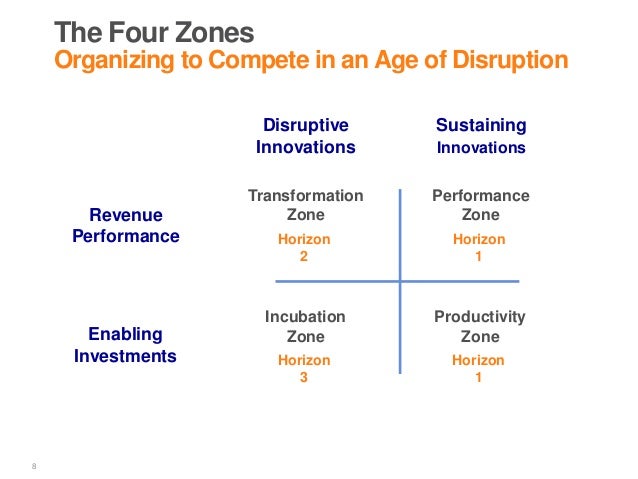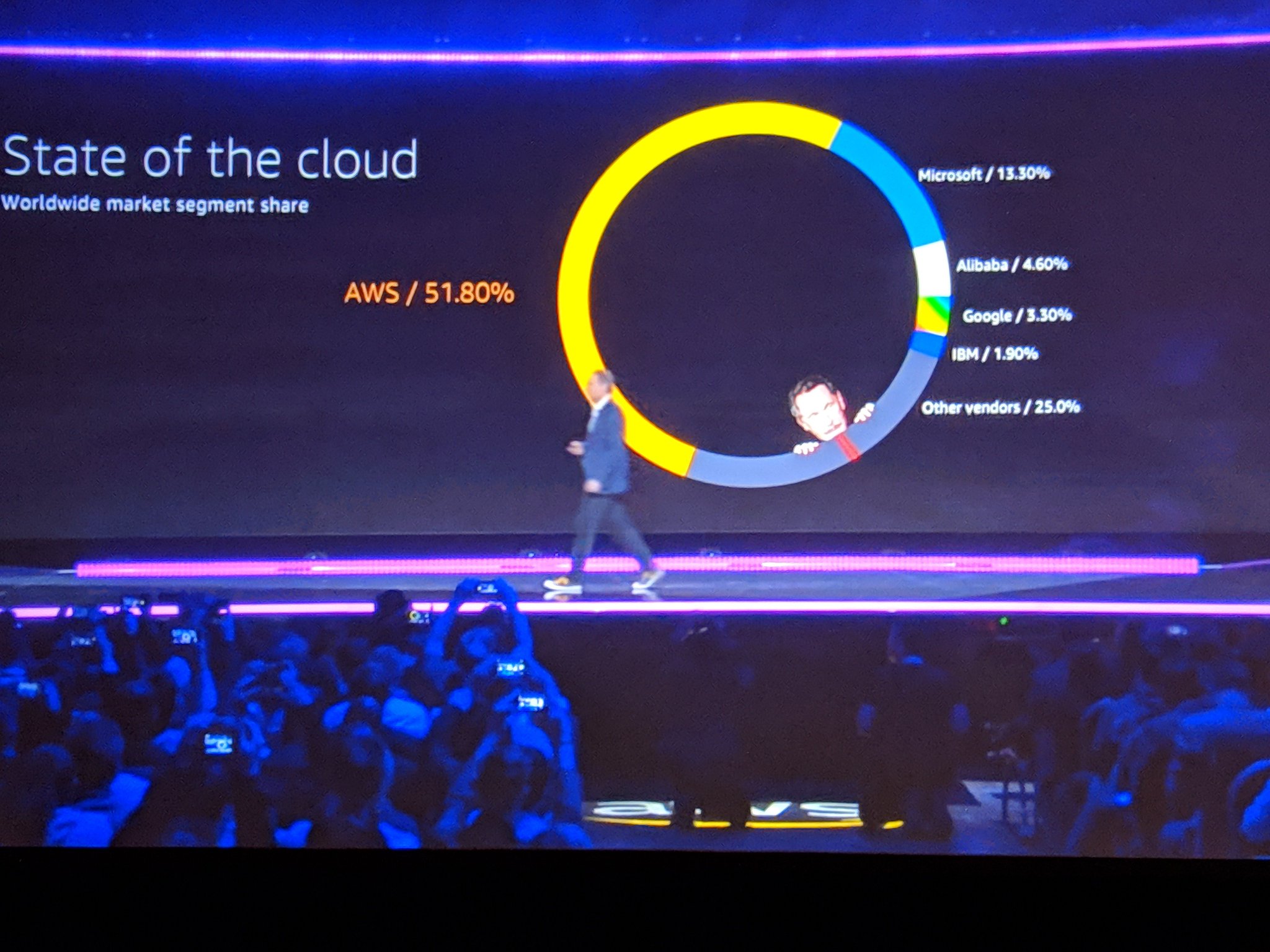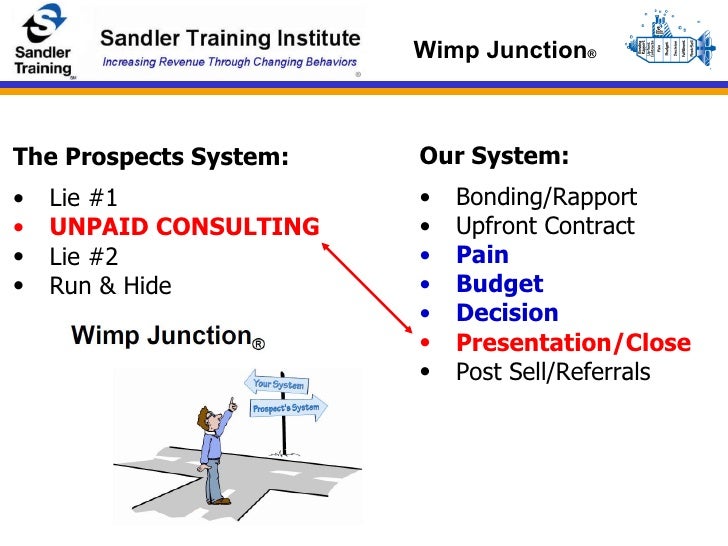FIT – MGT5154 – Week 8
The submissions for this assignment are posts in the assignment’s discussion. Below are the discussion posts for Richard Bocchinfuso, or you can view the full discussion.
What are five problems within the case study?
- Fractured culture with poor interdepartmental and/or interdisciplinary communication and relationships.
E.g. – Al Moody: “I’m getting complaints from the engineering and operations departments that they can’t get any priorities established on the work to be done in your group. What can we do about it?” (Kerzner, 2017, pp. 534) - Lack of organizational alignment.
E.g. – Ralph Gregg: “I set the priorities as I see fit, for what’s best for the company.” (Kerzner, 2017, pp. 534)
It seems like Ralph Gregg might be making unilateral decisions on “what’s best for the company.” Ralph probably thinks that to fix things he needs control when in reality the organization would benefit from a leader who can deliver value and drive adoption of standards. Make the life of others easier, deliver value and answer the WIIFM (Links to an external site.)Links to an external site. question and the organizations starts to move in the same direction and the yield is exponential rather than linear. - Empire building with a myopic departmental focus and bureaucracy as a means to maintain control.
E.g. – Al Moody: “I’m more concerned about this closed shop you’ve developed for your department.” (Kerzner, 2017, pp. 534)
“If engineering wanted a computer program written, it would now have to submit a formal request and then have the person requesting the program spend a great deal of time explaining the problem to the scientific programmer assigned to this effort.” (Kerzner, 2017, pp. 534)
Ralph Gregg is using a process to maintain control, but approach this is not in the best interest of Jackson Industries. - Employee morale, escalating animosity and no proposed solutions or path to a resolution.
E.g. – Ralph Gregg: “because you people upstairs do not feel as though we contribute anything to company profits. (Kerzner, 2017, pp. 534-535)
Al Moody: “Between you and me, all of your comments are correct. I agree with your concerns. But my hands are tied, as you know.” (Kerzner, 2017, p. 535) - Motivation is viewed more as a result of ascribed authority where perform is mandated vs. self-motivated to contribute to an organizational objective.
E.g. – Ralph Gregg: “You bet I do. Make me director and I’ll see that the work gets done.” (Kerzner, 2017, p. 535)
Does the creation of a MIS group solve any problems? Why or why not?
An MIS group could help by creating cross-department standards where MIS could enable innovation rather than trying to gate it. If MIS delivered shared services, documented standards, APIs, etc… MIS could become an enabler for engineering and operations. Rather than taking ownership of writing all the computer programs as a means to create consistency (Kerzner, 2017, p. 533) the MIS department focus would be on providing a framework that enables cross-department developers to write software while naturally adopting standards. In this case, MIS becomes a catalyst that increases the velocity of innovation rather than a gatekeeper which slows innovation.
An example of a documented standard could be as simple as the development of a readme.md template (Links to an external site.)Links to an external site. and style guide. Or it could be a set of standard libraries that developers will use to access shared services. An example of this would be the AWS Boto 3 python library (Links to an external site.)Links to an external site.. The availability SDKs and libraries make life easier for developers and this indirectly drives standardization.
A central MIS team could also metric KPIs (Links to an external site.)Links to an external site. that would drive things like bonuses, merit increases, etc… If there are agreed upon standards, APIs etc… that will be used by engineering and operations MIS can own shared services in the CI/CD pipeline (Links to an external site.)Links to an external site.(Sai, 2016), these might include items such as version control, code review, and unit test. Metrics captured from these shared services would provide valuable insight and could drive organizational decisions.
MIS should become an enabler, not a gatekeeper within the organization.
What recommendations do you have?
- I just went through something similar regarding pay increases and job titles. I think in technical roles this can be a challenge for many companies, Jackson Industries is not unique. I would suggest a leveling system that decouples title from level, meaning that there is a clear income variance between levels but not explicitly tied to a title. Using a composite from an employee review and employee level should determine the pay increase. Increases should be objective and not subjective. If the metrics are clear, income increases should be straightforward and not open to conjecture.
- Establish a cross-departmental standards body to gather requirements, define and review standards. Not congressional hearings, but small two pizza groups (Links to an external site.)Links to an external site. (Connley, 2018) that can accurately represent stakeholders.
- Align departmental initiatives with macro-level business objectives. Executive management should work to help departments understand that individual department contributions do not deliver the desired outcome. For the organization to meet its goals, all departments need to work together to provide a result that is greater than any one individual or department. I would look at connecting compensation (stock, bonuses, increases) to the overall performance of the organization. Creating the connection between organizational performance and compensation can help drive behavior aligned with organizational objectives.
- Focus on solving problems elegantly not by single-threading the process. There are elegant ways to achieve and enforce standards without having to single-thread everything through one department. From a development perspective in 2018, this is insanity, the emergence of Twelve-Factor Apps (Links to an external site.)Links to an external site.(Wiggins, 2017) and microservices (Links to an external site.)Links to an external site. is the result of organizations needing developers to move faster. It was crazy to read Ralph’s Gregg approach to standardization. Automated code review tools like Codacy (Links to an external site.)Links to an external site., CodeFactor (Links to an external site.)Links to an external site., CodeIt.Right (Links to an external site.)Links to an external site., etc… can all automate ensuring that code meets standards.
References
Amazon. (2014). Boto 3 Documentation. Retrieved December 12, 2018, from https://boto3.amazonaws.com/v1/documentation/api/latest/index.html
Codacy. (n.d.). Automated code reviews & code analytics. Retrieved December 12, 2018, from https://www.codacy.com/
CodeFactor. (n.d.). Let’s make software better. Retrieved December 12, 2018, from https://www.codefactor.io/
Connley, C. (2018, April 30). Jeff Bezos’ ‘two pizza rule’ can help you hold more productive meetings. Retrieved December 12, 2018, from https://www.cnbc.com/2018/04/30/jeff-bezos-2-pizza-rule-can-help-you-hold-more-productive-meetings.html
Fvcproductions. (2015). A sample README for all your GitHub projects. Retrieved December 12, 2018, from https://gist.github.com/fvcproductions/1bfc2d4aecb01a834b46
GitHub. (2016, July 15). Documenting your projects on GitHub. Retrieved December 12, 2018, from https://guides.github.com/features/wikis/
Google. (2017, February 21). API Design Guide | Cloud APIs | Google Cloud. Retrieved December 12, 2018, from https://cloud.google.com/apis/design/
Kerzner, H. (2017). Project Management Case Studies (5th ed.). Hoboken, NJ: John Wiley & Sons, Incorporated.
Sai, M. (2016, December 20). What is a Continuous Integration and Delivery Pipeline, and Why Is It Important? Retrieved December 12, 2018, from https://codefresh.io/continuous-integration/continuous-integration-delivery-pipeline-important/
SubMain. (n.d.). CodeIt.Right. Retrieved December 12, 2018, from https://submain.com/products/codeit.right.aspx
What are microservices? (n.d.). Retrieved December 12, 2018, from https://opensource.com/resources/what-are-microservices
Wiggins, A. (2017). The Twelve-Factor App. Retrieved December 12, 2018, from https://12factor.net/
Andrew, it’s been fun, but our time together is drawing to a close. 🙂
Comment/thought on your thought of shifting bonuses to be based on the project team and project performance vs. by a department. This is an area that I think so many organizations struggle with. If a department does well this does not necessarily translate into an organizational win if a project goes well this often does not translate into an organizational win, so what’s the difference? This is an aspect of performance management and incentive structures which I have been challenged by for years. I am a big fan of Geoffrey More and I believe deeply in Zoning to Win, but organizationally the metrics for the incubation, transformation, performance and productivity zone are very different but highly dependent. If those in the performance zone don’t execute well then those in the incubation zone have no funding to incubate, this can be very challenging because incubation is very different than performance. Performance is binary, selling and delivering what’s in the bag while incubation is intangible, visualizing the future and experimenting. In essence, the performance and productivity zones need to fund the innovation and transformation zones, while tangible returns are far less in the innovation and transformation zones, these zones are critical to ensuring that an organization is relevant tomorrow. This is well explained by Geoffrey Moore in the video I embedded below.

We’ve worked for years within my organization to try to solve this problem and in 2018 we implemented a variable performance compensation plan that we think did a pretty good job addressing it. The plan focused on incentivizing engineering resources to cross zones, making performance incentives about macro-level organizational goals rather than individual, departmental, project, or zone success. The model provides transparency to the goals from both a financial and runway perspective, as well as expected individual and departmental contributions. I think it’s really hard to be strategic and still be tactical, but both are critical to being able to operate a business which has to balance sustaining and innovating.
In addition to financial incentives, I think we need to look at new ways to increase employee engagement. Things like hackathons, innovations days, discretionary time, gamification, etc… We love ChaOps (Slack (Links to an external site.)Links to an external site. is our platform of choice) and we love HeyTaco (Links to an external site.)Links to an external site. for a public job well-done accolades and gamification. Getting people publically engaged has made a huge difference in how we operate, the other thing we have done is developed a sentiment analysis engine which analyzes Slack messages and determines the user’s sentiment, overlays the time of day, what they are working on, etc… to allow us to better manage employee engagement.
For me, it’s always about how to drive an organization to the “one team, one dream” culture, something that seems to be lacking at Jackson Industries, a systemic cultural issue that I am not sure an MIS department can or will solve.
References
Moore, G. (2016, December 07). GOTO 2016 • Zone To Win • Geoffrey Moore. Retrieved December 16, 2018, from https://youtu.be/fG4Lndk-PTI
Moore, G. (2015, November 04). Zone to Win: Organizing to Compete in the Age of Disruption. Retrieved December 16, 2018, from https://www.slideshare.net/rstrad1/zone-to-win-organizing-to-compete-in-the-age-of-disruption
James, I enjoyed reading your post. Curious about your perspective of how the documentation of code is a “Computer Use Policy” issue? I agree that there should be a defined standard on documentation (e.g. – readme.md template (Links to an external site.)Links to an external site.), but does MIS posses the knowledge to create a template and the systems that engineering and operations value? I see this all the time, policies and decisions made that make no sense outside of skewed perspective and perceived simplicity. In a world where best-of-breed technologies with well documented and published APIs provide the ability to connect any system, the idea of moving to a monolithic application because “it’s easier to manage everything in one place” drives me crazy, yet we my organization just went down this path for two years, only to scrap the entire project, but not before spending millions on it.
Do you see the MIS department as a shared services organization who will create shared services which engineering and operations will want to consume or do you see MIS as an organization who will set, mandate and police standards? Should MIS be responsible for building and delivering information systems which deliver value to the engineering and operations teams? What are the performance metrics for a shared services organization? What defines success or failure? This is a topic near and dear to my heart.
IMO it’s the job of MIS to deliver value to the business, not to create mandates. Too often MIS develops things like an acceptable use policy (AUP) which actually isn’t acceptable at all. John Kehoe the CIO of Valmont Industries does a nice job of explaining the value of standards, but also the realization that standardization doesn’t always work. (Heller, 2017) I think today with the massive focus on machine learning, deep learning, and artificial intelligence departments are investing in data scientists and developers that will transform the business, and while these resources need access to shared services they need flexibility and velocity that many MIS departments struggle to deliver. This gave way to “Shadow IT” then shared services groups accepted Shadow IT and called is DevOps (Everitt, 2018), but no matter how you look at it the developers want control of the pipeline and they want to move at a pace that traditional MIS departments are struggling with, see cloud adoption. 🙂
References
Everitt, G. (2018, May 29). Reducing the Danger of Shadow IT With DevOps – DZone DevOps. Retrieved December 16, 2018, from https://dzone.com/articles/reducing-the-danger-of-shadow-it-with-devops
Heller, M. (2017, April 05). The path to IT shared services and standardization. Retrieved December 16, 2018, from https://www.cio.com/article/3186828/it-industry/the-path-to-it-shared-services-and-standardization.html
Lyndon, I think you make a good point about organization structure and the link between MIS and finance. Many legacy enterprises still have CIOs (Chief Information Officers) reporting to CFOs (Chief Financial Officers) which I find astonishing, but in recent years there has been a shift. Information Technology (IT) in these legacy enterprises is thought of as cost centers, and it’s the job of the CFO to manage cost so this makes sense, what is different is the fact that the CIO needs to be driving innovation that delivers efficiency, velocity, quality, and differentiation, so we now see more CIOs now reporting to CEOs (Kark, Shaikh & Brown, 2018) as organizational leaders and profit centers rather than cost centers. Let’s face it, if you are a manufacturing company that has been around manufacturing widget X since 1945 it may be hard for executive management (manufacturing C-Suite types) to quantify the value of technology, executives might say we have been manufacturing widget X like this for 70+ years and they may be reluctant to invest in innovation if it’s not mandated (e.g. – compliance). In many of these organizations, we are seeing the CMO (Chief Marketing Officer) drive more innovation than the CIO because the CMO is responsible for driving customer acquisition (Pemberton, 2017), and we all know in this market if you’re not growing, you’re dying.
References
Kark, K., Shaikh, A., & Brown, C. (2018, May 3). Who’s the boss? Trends in CIO reporting structure. Retrieved December 16, 2018, from https://www2.deloitte.com/insights/us/en/focus/cio-insider-business-insights/trends-in-cio-reporting-structure.html
Pemberton, C. (2017, January 10). 2016-2017 Gartner CMO Spend Survey Reveals the CMO’s Growing Mandate. Retrieved December 16, 2018, from https://www.gartner.com/smarterwithgartner/2016-2017-gartner-cmo-spend-survey-reveals-the-cmos-growing-mandate/
Denise, it’s hard for me to relate to the Jackson Industries case study because I feel like any company in today’s market who is developing software (for internal or external use), with even the smallest amount of competition couldn’t possibly survive without a CI/CD pipeline. (Sacolick, 2018) So while Jackson Industries made sense to me, because I am old enough to remember when it was possible to survive in this operating model, I don’t think it possible any longer. What development organization today isn’t using a CI/CD pipeline? (Tuli, 2018) I am sure there are some people still writing monolithic apps and FTPing code, but let’s hope they are in a segment of the market with no competition.

Pay-for-performance (PFP) is a tricky thing, for sure. It is absolutely a good thing to incentivize organizational goals, but these should be macro-level and long-term incentives. There is a reason we have seen FAANG companies trade compensation for equity and perks, compensation may drive behavior, but equity and perks drive a culture. I think performance incentives are good, but IMO individual performance often does not translate to organizational performance and this is the challenge. I believe if the organization culture is healthy, meaning team members have a purpose, they understand the organization’s mission and vision then providing transparency to how the organization is doing against its objectives and visibility into the results of success or failure is critical. There should be an objective and a subjective view, where the subjective view delivers a significant upside for the people who over-deliver when the organization meets its objectives while holding back on employees who under-deliver. (Miller, 2018) Did the organization meet its objectives, this is a binary objective measure. Did an individual make an above average contribution, average or below average contribution to organizational success, this is a subjective measure. IMO management requires both objective and subjective measures to properly manage the business.
References
Miller, S. (2018, April 11). Employers Seek Better Approaches to Pay for Performance. Retrieved December 16, 2018, from https://www.shrm.org/resourcesandtools/hr-topics/compensation/pages/better-pay-for-performance.aspx
Sacolick, I. (2018, May 10). What is CI/CD? Continuous integration and continuous delivery explained. Retrieved December 16, 2018, from https://www.infoworld.com/article/3271126/ci-cd/what-is-cicd-continuous-integration-and-continuous-delivery-explained.html
Tuli, S. (2018, August 10). Learn How to Set Up a CI/CD Pipeline From Scratch – DZone DevOps. Retrieved December 16, 2018, from https://dzone.com/articles/learn-how-to-setup-a-cicd-pipeline-from-scratch
Assignment
[google-drive-embed url=”https://docs.google.com/document/d/1iDPOKafNVKFB-kB7AqSSMTKnwLc5f_x_-6joaVDFv-g/preview?usp=drivesdk” title=”Bocchinfuso_FIT-MGT5154-Week8_Assignment_20181215″ icon=”https://drive-thirdparty.googleusercontent.com/16/type/application/vnd.google-apps.document” width=”100%” height=”400″ style=”embed”]






